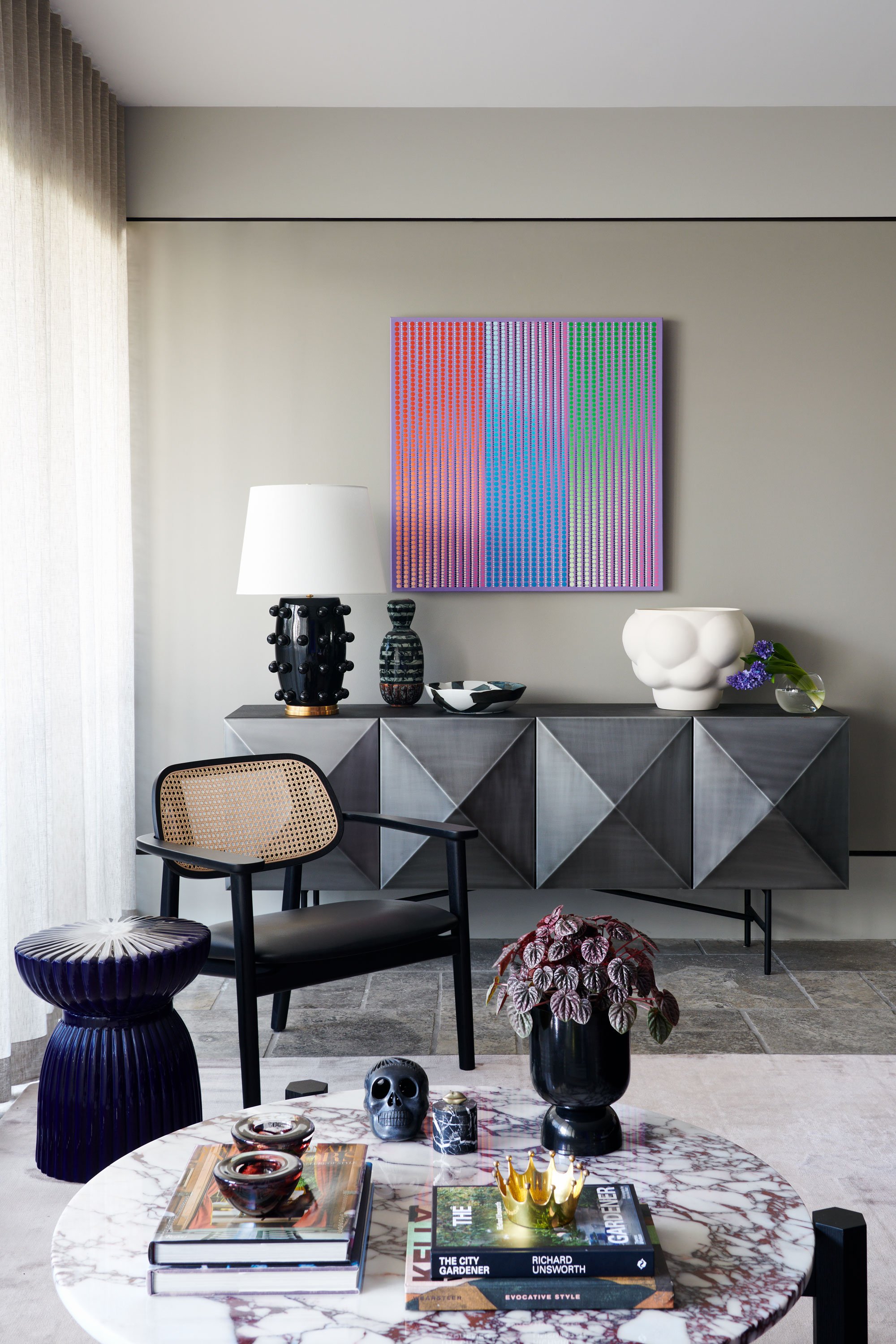Unlocking the Secrets of the Psychology of Interior Design: A Guide to Creating Your Ideal Living Space
Understanding the Psychology of Interior Design: A Comprehensive Guide
Interior design is much more than just choosing furniture, colours, and patterns to fill a room. The psychology of interior design plays a crucial role in creating a harmonious and functional living space that speaks to your personality and lifestyle. In this comprehensive guide, we delve into the principles of interior design psychology, exploring how it can influence our moods, behaviours, and overall wellbeing.
The Impact of Color on Our Emotions
Colour is one of the most powerful elements of interior design, as it can evoke strong emotions and influence our moods. For instance, warm colours such as red and orange create a sense of energy and excitement, while cool colours like blue and green can soothe and calm us. Moreover, the psychological effects of colour can vary depending on cultural and personal experiences.
The Role of Lighting in Interior Design
Lighting is another crucial aspect of interior design that affects our emotions and moods. Natural light, for example, can create a sense of comfort and relaxation, while artificial light can alter our perception of space and color. It is essential to consider the direction, quality, and intensity of light when designing a room, as well as the purpose of the space, as different lighting scenarios will impact our experience differently.
The Importance of Space Planning in Interior Design
Space planning is the process of arranging furniture and elements within a room to create a functional and aesthetically pleasing environment. Good space planning considers factors such as traffic flow, focal points, and storage solutions, as well as the psychological impact of the space. For instance, a cluttered and disorganized room can lead to feelings of stress and anxiety, while a well-planned room can promote a sense of peace and serenity.
HILL HOUSE, SYDNEY - LIVING ROOM
The Significance of Textures and Materials in Interior Design
Textures and materials play a crucial role in interior design, as they can affect our sensory experiences and evoke emotions. For example, smooth and polished surfaces can create a sense of sophistication and elegance, while rough and natural materials can evoke a sense of warmth and comfort. It is important to consider the textures and materials used in a room, as well as their durability and maintenance requirements.
GET IN TOUCH
If you’d like more information or like to know how Kaiko Design can transform your own project get in touch here to see how we can help you.
Check out our Instagram for more inspiration. Whilst you are at it, check out Facebook too for more pictures and information!



